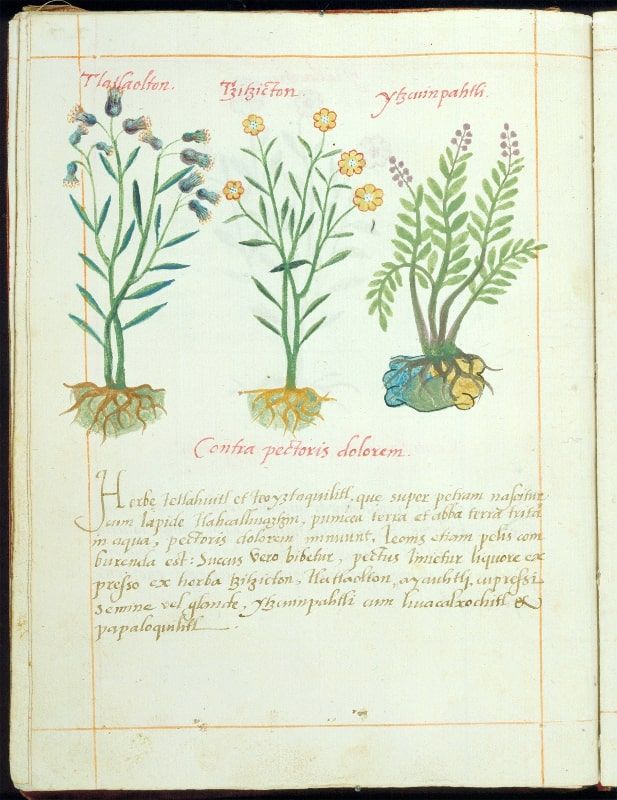Letter of intent signed on the Codex De la Cruz-Badiano
The Codex De la Cruz-Badiano is considered the oldest medical text written in America. It is an invaluable document for humanity.

The National Autonomous University of Mexico, through the School of Medicine (FM), and the Vatican State signed a Letter of Intent to collaborate in promoting joint efforts in favor of the content and contribution of the Codex De la Cruz-Badiano, considered the oldest text of Medicine written in America, which dates back to 1552.
In the Palace of the School of Medicine, in the Historic Center of Mexico City, Germán Enrique Fajardo Dolci, director of the FM, signed on behalf of the National University, and on behalf of the Vatican, the Archbishop of León, Alfonso Cortés; and as witnesses of honor, Cardinal Pietro Parolin, Secretary of State of the Holy See, and Marcelo Ebrard Casaubon, Secretary of Foreign Affairs.
The event took place in the context of the Academic and Commemorative Meeting: "Open secularism and religious freedom, a contemporary vision", as part of the 30th Anniversary of the Reestablishment of Diplomatic Relations between the Mexican State and the Holy See.
There, Germán Fajardo Dolci said that at UNAM "we have culture, science and future young doctors committed to society and, of course, to our country, with the values and principles that identify us as university students".
He emphasized that the Codex De la Cruz-Badiano that summons us today -written in the Colegio de la Santa Cruz by Martin de la Cruz and translated into Latin by Juan Badiano, in the 16th century-, represents one of the oldest sources of Mesoamerican Medicine, it contains illustrations and original texts, unique in its kind, not only for Medicine but also for Botany, making it an invaluable document for humanity.
The Codex De la Cruz-Badiano was part of the Collection of Cardinal Barbieri who, upon his death, left it to the Vatican Library in the 17th century.
"Thirty years ago, with the reestablishment of diplomatic relations between Mexico and the Holy See, Pope John Paul II returned it to our country, and today it is safeguarded by the National Library of Anthropology (BNAH), and this new edition of the National University, with the participation of the Vatican, will undoubtedly enrich this valuable text and help to better understand our history, our traditions, our contributions to culture, medicine and universal science."

The Codex De la Cruz-Badiano
The De la Cruz-Badiano Codex is a book of medicinal plants written in 1552 by the Nahua physician Martin De la Cruz and translated from Nahuatl into Latin by the native of Xochimilco Juan Badiano, at the College of Santa Cruz de Tlatelolco. It was sent as a gift to Charles V, King of Spain. Its authentic name is Libellus de Medicinalibus Indorum Herbis.
The original document is in the vaults of the BNAH, located in the basements of the National Museum of Anthropology. It is bound in wine-colored red velvet, with gilded edges, and measures 15.2 centimeters wide by 20.6 centimeters high. It consists of 60 pages for a total of 140 pages.
In 1929 the researcher Charles Clark found the manuscript in the Vatican Library. It was classified as part of the Collection of Cardinal Barbieri, a cleric who was a librarian there in the 17th century and whose books passed into the hands of the Vatican upon his death.
The Codex De la Cruz-Badiano, as it is now known, was returned to Mexico by Pope John Paul II during his 1990 visit.




